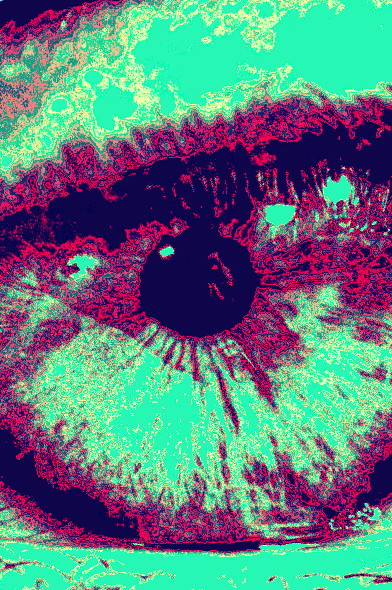Eye transplant breaks ground
 Surgeons in the US have successfully performed the world's first whole-eye and partial-face transplant.
Surgeons in the US have successfully performed the world's first whole-eye and partial-face transplant.
A surgical team from NYU Langone Health performed the procedure on Aaron James, a 46-year-old military veteran from Arkansas who suffered extensive facial injuries in a high-voltage electrical accident at work.
Although he has not regained vision in the transplanted eye, the surgical team reports significant signs of health, including well-functioning blood vessels and a promising retina, six months post-surgery.
Led by Dr Eduardo Rodriguez, a team of over 140 professionals conducted the 21-hour procedure in May 2023.
The surgery marks the first-ever human whole-eye transplant in medical history, combining the transplantation of the entire left eye and a portion of the face from a single donor.
Aaron James suffered a severe electric shock in June 2021 that left him with extensive injuries, including the loss of his left eye, dominant left arm, nose, lips, front teeth, left cheek area, and chin down to the bone.
Dr Rodriguez and his team introduced the concept of a whole-eye transplant during early-phase reconstructions. The decision to include the eye in the face transplant aimed at maximising reconstructive options, recognising that the procedure might provide cosmetic benefits with unknown outcomes.
The surgical team faced a challenge in finding a donor, but remarkably, just three months after being listed for organ donation, a suitable donor was identified.
The donor, a young man in his 30s, not only contributed to the successful face and eye transplant but also saved three other individuals through organ donation.
While successful corneal transplants are relatively common, restoring vision through whole-eye transplants poses significant challenges due to the intricate nature of the eye, nerve regeneration issues, immune rejection, and retinal blood flow.
The team addressed these challenges by combining the donor eye with bone marrow-derived adult stem cells during the transplant.
The use of CD34-positive stem cells aimed at enhancing nerve regeneration is a novel approach, and while the procedure's safety has been demonstrated, its efficacy requires further evaluation over time.
Cutting-edge technology enabled the precise alignment and optimal placement of implantable plates and screws. The surgical teams operated simultaneously in both the donor and recipient rooms, transplanting the partial face and whole left eye onto James.
James' recovery has been remarkably swift, spending only 17 days in the intensive care unit and being discharged on July 6.
Despite the uncertainty regarding vision restoration, the patient is grateful for regained senses, such as taste, smell, and the ability to eat solid foods.
The NYU Langone team, known for its success in face transplants, employed 3D-printing technology to create a replacement of the donor's face, preserving his identity.
While James currently lacks sight in the transplanted left eye, the eye has shown signs of health.
Ongoing clinical tests and discussions among the multidisciplinary team aim to explore potential indicators for sight restoration.







 Print
Print